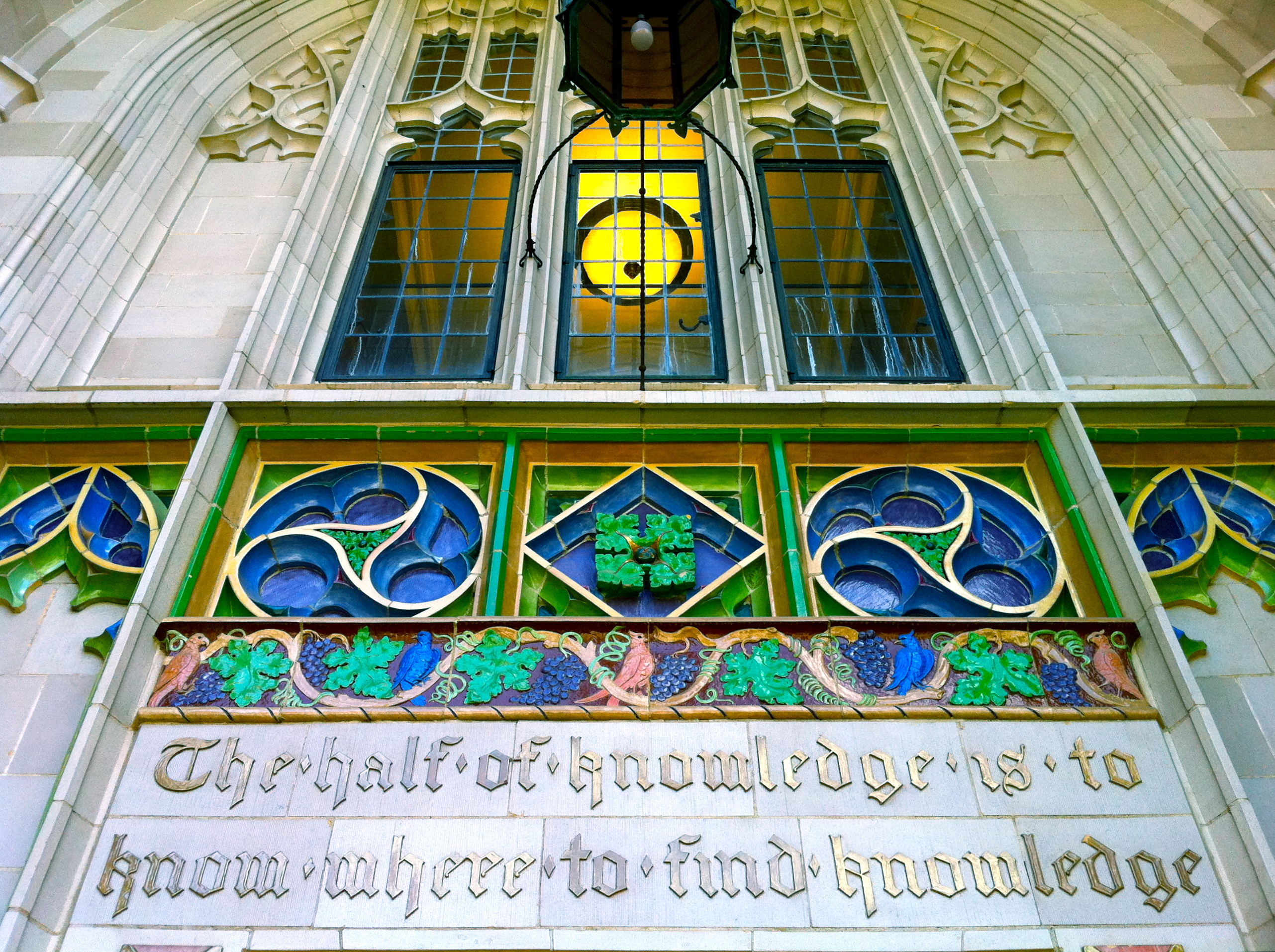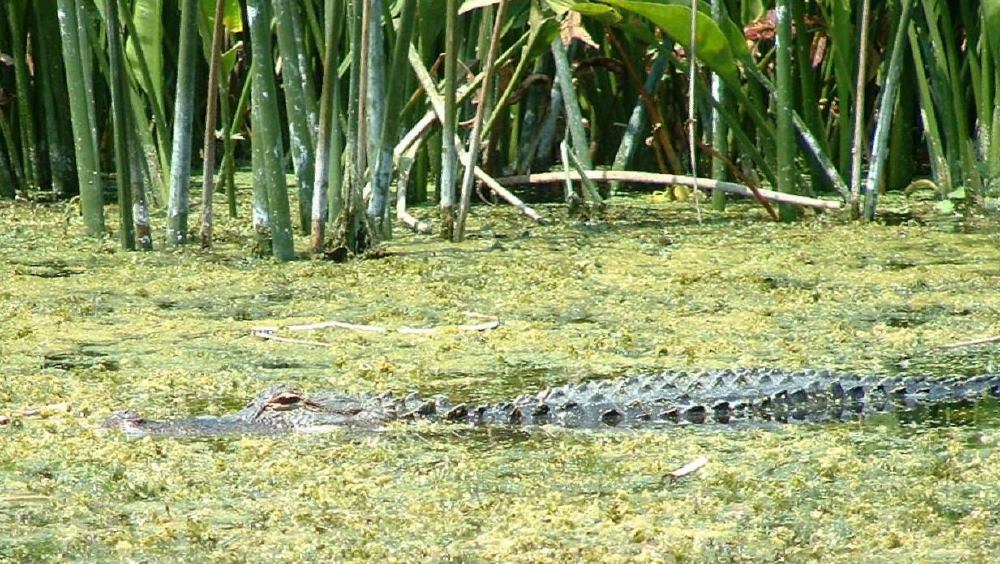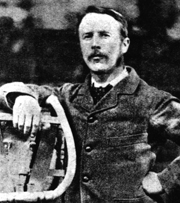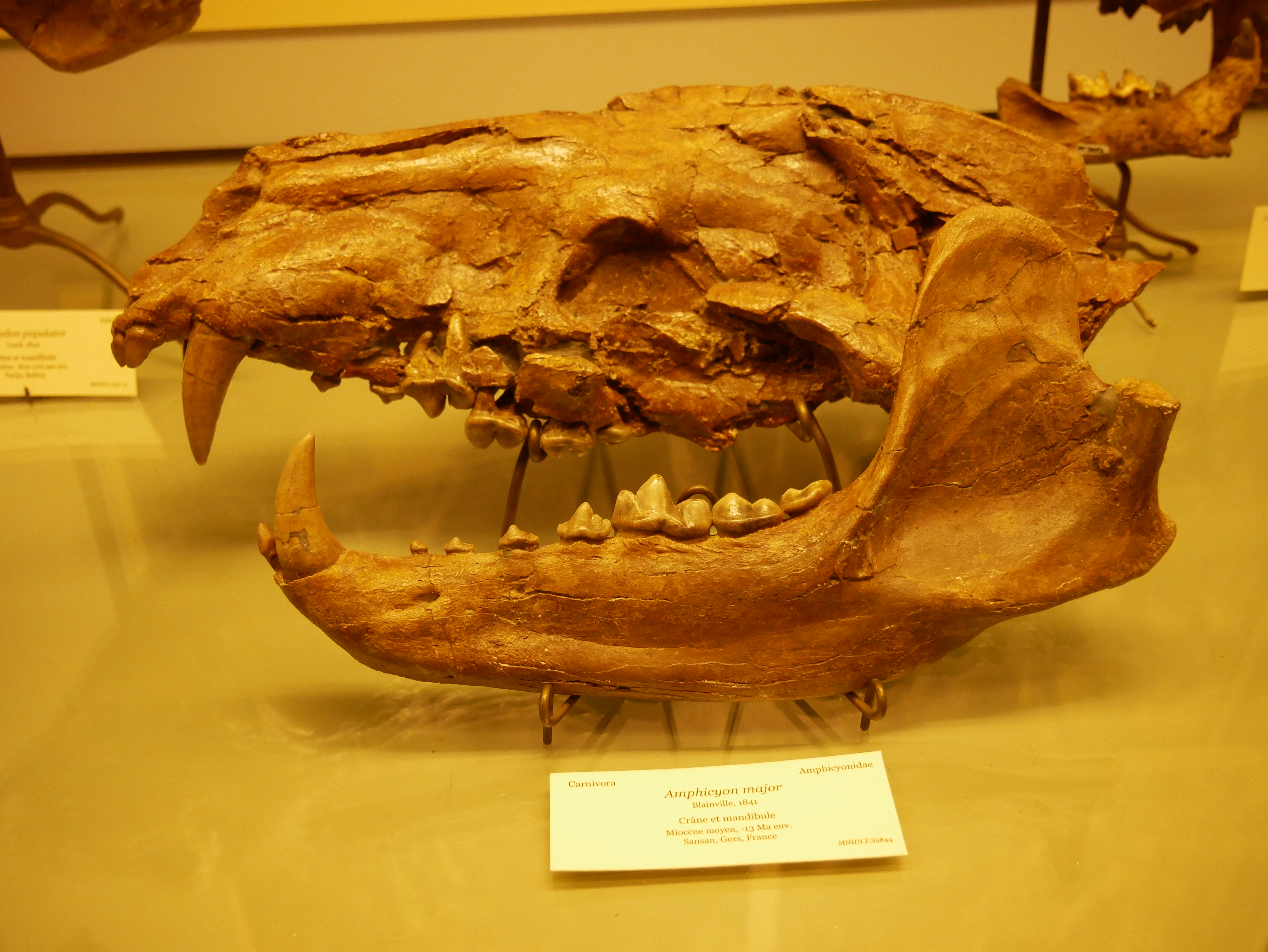|
Stanley J. Olsen
Stanley John Olsen (24 June 1919 – 23 December 2003) was an American vertebrate paleontologist and one of the founding figures of zooarchaeology in the United States. Olsen was also recognized as an historical archaeologist and scholar of United States military insignia, especially buttons of the American Colonial through Civil War periods. He was the father of John W. Olsen. Early life and military service Stanley Olsen was born in Akron, Ohio to John Mons Olsen (of Bergen, Norway) and Louise Marquardt (of Akron), the second of two sons. After his graduation from high school in 1938, Olsen worked as a tool and die maker at the National Rubber Machinery Company in Akron until his marriage to Eleanor Louise Vinez (1917–2016) in 1942. He subsequently enlisted in the United States Navy, achieving the rank of machinist mate first class while serving aboard the , ''Bunker Hill'' and ''Wyoming'', and at naval bases on the U.S. East Coast and at Mare Island Navy Yard, California ... [...More Info...] [...Related Items...] OR: [Wikipedia] [Google] [Baidu] |
Stanley John Olsen
Stanley John Olsen (24 June 1919 – 23 December 2003) was an American vertebrate paleontologist and one of the founding figures of zooarchaeology in the United States. Olsen was also recognized as an historical archaeologist and scholar of United States military insignia, especially buttons of the American Colonial through Civil War periods. He was the father of John W. Olsen. Early life and military service Stanley Olsen was born in Akron, Ohio to John Mons Olsen (of Bergen, Norway) and Louise Marquardt (of Akron), the second of two sons. After his graduation from high school in 1938, Olsen worked as a tool and die maker at the National Rubber Machinery Company in Akron until his marriage to Eleanor Louise Vinez (1917–2016) in 1942. He subsequently enlisted in the United States Navy, achieving the rank of machinist mate first class while serving aboard the , ''Bunker Hill'' and ''Wyoming'', and at naval bases on the U.S. East Coast and at Mare Island Navy Yard, California ... [...More Info...] [...Related Items...] OR: [Wikipedia] [Google] [Baidu] |
Thomas Farm Site
The Thomas Farm site is an Early Miocene, Hemingfordian assemblage of vertebrate fossils located in Gilchrist County, northern Florida. The Thomas Farm site is one of the richest terrestrial deposits of Miocene vertebrates in the 18 Ma range found in eastern North America according to the Florida Museum of Natural History. The site was discovered in 1931 by Florida Geological Survey (FGS) staff member Clarence Simpson. Specimens include: amphibians, reptiles, birds, small rodents, bats, rhinoceroses, three species of three-toed horses, several artiodactyls (including camels, peccary, deer-like species and other extinct forms), as well as dogs, bears, and bear-dogs. Specimens Reptilia *Pseudemys sp. * Testudo ''(T. tedwhitei)'' * Promilio ''(P. epileus)'' * Promilio ''(P. brodkorbi)'' * Proictinia ''(P. floridana)'' *Alligator ''(A. olseni)'' * Paraoxybelis ''(P. floridanus)'' * Pseudocemophora ''(P. antiqua)'' * Anilioides ''(A. minuatus)'' * Pseudoepicrates ''(P. stanolseni) ... [...More Info...] [...Related Items...] OR: [Wikipedia] [Google] [Baidu] |
Florida State University
Florida State University (FSU) is a public research university in Tallahassee, Florida. It is a senior member of the State University System of Florida. Founded in 1851, it is located on the oldest continuous site of higher education in the state of Florida. Florida State University comprises 16 separate colleges and more than 110 centers, facilities, labs and institutes that offer more than 360 programs of study, including professional school programs. In 2021, the university enrolled 45,493 students from all 50 states and 130 countries. Florida State is home to Florida's only national laboratory, the National High Magnetic Field Laboratory, and is the birthplace of the commercially viable anti-cancer drug Taxol. Florida State University also operates the John & Mable Ringling Museum of Art, the State Art Museum of Florida and one of the largest museum/university complexes in the nation. The university is accredited by the Southern Association of Colleges and Schools (SACS). ... [...More Info...] [...Related Items...] OR: [Wikipedia] [Google] [Baidu] |
Holocene
The Holocene ( ) is the current geological epoch. It began approximately 11,650 cal years Before Present (), after the Last Glacial Period, which concluded with the Holocene glacial retreat. The Holocene and the preceding Pleistocene together form the Quaternary period. The Holocene has been identified with the current warm period, known as MIS 1. It is considered by some to be an interglacial period within the Pleistocene Epoch, called the Flandrian interglacial.Oxford University Press – Why Geography Matters: More Than Ever (book) – "Holocene Humanity" section https://books.google.com/books?id=7P0_sWIcBNsC The Holocene corresponds with the rapid proliferation, growth and impacts of the human species worldwide, including all of its written history, technological revolutions, development of major civilizations, and overall significant transition towards urban living in the present. The human impact on modern-era Earth and its ecosystems may be considered of global si ... [...More Info...] [...Related Items...] OR: [Wikipedia] [Google] [Baidu] |
Quaternary
The Quaternary ( ) is the current and most recent of the three periods of the Cenozoic Era in the geologic time scale of the International Commission on Stratigraphy (ICS). It follows the Neogene Period and spans from 2.58 million years ago to the present. The Quaternary Period is divided into two epochs: the Pleistocene (2.58 million years ago to 11.7 thousand years ago) and the Holocene (11.7 thousand years ago to today, although a third epoch, the Anthropocene, has been proposed but is not yet officially recognised by the ICS). The Quaternary Period is typically defined by the cyclic growth and decay of continental ice sheets related to the Milankovitch cycles and the associated climate and environmental changes that they caused. Research history In 1759 Giovanni Arduino proposed that the geological strata of northern Italy could be divided into four successive formations or "orders" ( it, quattro ordini). The term "quaternary" was introduced by Jules Desnoye ... [...More Info...] [...Related Items...] OR: [Wikipedia] [Google] [Baidu] |
Spanish Ship Nuestra Señora De Atocha
Spanish might refer to: * Items from or related to Spain: **Spaniards are a nation and ethnic group indigenous to Spain **Spanish language, spoken in Spain and many Latin American countries **Spanish cuisine Other places * Spanish, Ontario, Canada * Spanish River (other), the name of several rivers * Spanish Town, Jamaica Other uses * John J. Spanish (1922–2019), American politician * "Spanish" (song), a single by Craig David, 2003 See also * * * Español (other) * Spain (other) * España (other) * Espanola (other) * Hispania, the Roman and Greek name for the Iberian Peninsula * Hispanic, the people, nations, and cultures that have a historical link to Spain * Hispanic (other) * Hispanism * Spain (other) * National and regional identity in Spain * Culture of Spain * Spanish Fort (other) Spanish Fort or Old Spanish Fort may refer to: United States * Spanish Fort, Alabama, a city * Spanish Fort (Colorado ... [...More Info...] [...Related Items...] OR: [Wikipedia] [Google] [Baidu] |
American Academy Of Underwater Sciences
The American Academy of Underwater Sciences (AAUS) is a group of scientific organizations and individual members who conduct scientific and educational activities underwater. It was organized in 1977 and incorporated in the State of California in 1983. Purpose and activities The mission of the AAUS is to facilitate the development of safe and productive scientific divers through education, research, advocacy, and the advancement of standards for scientific diving practices, certifications, & operations. The AAUS administrates the AAUS Foundation, which is a 501c3 charity to provide internships and scholarships to students who study scientific diving or use scientific diving as a research tool. Scientific diving standards The AAUS is responsible for the promulgation of the AAUS Standards for Scientific Diving Certification and Operation of Scientific Diving Programs. These are the consensual guidelines for scientific diving programs in the US, and are recognized by Occupati ... [...More Info...] [...Related Items...] OR: [Wikipedia] [Google] [Baidu] |
Wakulla Springs
Wakulla Springs is located south of Tallahassee, Florida and east of Crawfordville in Wakulla County, Florida at the crossroads of State Road 61 and State Road 267. It is protected in the Edward Ball Wakulla Springs State Park. Description Wakulla cave is a branching flow-dominated cave that has developed in the Floridan Aquifer under the Woodville Karst Plain of north Florida. It is classified as a first magnitude spring and a major exposure point for the Floridan Aquifer. The spring forms the Wakulla River which flows to the southeast where it joins the St. Mark's River. After a short the St. Mark's empties into the Gulf of Mexico at Apalachee Bay. History and discovery Scientific interest in the spring began in 1850, when Sarah Smith reported seeing the bones of an ancient mastodon on the bottom. Since that time, scientists have identified the remains of at least nine other extinct mammals that date to the last glacial period, deposited as far as 1,200 feet (36 ... [...More Info...] [...Related Items...] OR: [Wikipedia] [Google] [Baidu] |
Scuba Set
A scuba set, originally just scuba, is any breathing apparatus that is entirely carried by an underwater diver and provides the diver with breathing gas at the ambient pressure. ''Scuba'' is an anacronym for self-contained underwater breathing apparatus. Although strictly speaking the scuba set is only the diving equipment that is required for providing breathing gas to the diver, general usage includes the harness by which it is carried, and those accessories which are integral parts of the harness and breathing apparatus assembly, such as a jacket or wing style buoyancy compensator and instruments mounted in a combined housing with the pressure gauge, and in the looser sense, it has been used to refer to all the diving equipment used by the scuba diver, though this would more commonly and accurately be termed scuba equipment or scuba gear. Scuba is overwhelmingly the most common underwater breathing system used by recreational divers and is also used in professional diving whe ... [...More Info...] [...Related Items...] OR: [Wikipedia] [Google] [Baidu] |
Tarsometatarsus
The tarsometatarsus is a bone that is only found in the lower leg of birds and some non-avian dinosaurs. It is formed from the fusion of several bones found in other types of animals, and homologous to the mammalian tarsus (ankle bones) and metatarsal bones (foot). Despite this, the tarsometatarsus of birds is often referred to as just the shank, tarsus or metatarsus. Tarsometatarsal fusion occurred in several ways and extents throughout bird evolution. Specifically, in Neornithes (modern birds), although the bones are joined along their entire length, the fusion is most thorough at the distal (metatarsal) end. In the Enantiornithes, a group of Mesozoic avialans, the fusion was complete at the proximal (tarsal) end, but the distal metatarsi were still partially distinct. While these fused bones are best known from birds and their relatives, avians are neither the only group nor the first to possess tarsometatarsi. In a remarkable case of parallel evolution, they were also pres ... [...More Info...] [...Related Items...] OR: [Wikipedia] [Google] [Baidu] |
Pierce Brodkorb
William Pierce Brodkorb (September 29, 1908, Chicago – July 18, 1992, Gainesville, Florida) was an American ornithologist and paleontologist. Interested in birds since childhood, he was taught to prepare birds at the age of 16. Later, he received the opportunity to work as a staff technician in the Ornithology Division of the Field Museum. He entered the University of Michigan in 1933 and obtained his PhD degree in 1936. Subsequently, he became an assistant curator of birds at the Museum of Zoology in Michigan until 1946. In 1946, he accepted a professorate in the Department of Zoology at the University of Florida in Gainesville, a position he held until his retirement in 1989. His doctoral students include Glen E. Woolfenden. From the 1950s, Brodkorb built up a huge collection of bird fossils from the Miocene, the Pliocene, and the Pleistocene of Florida, which included 12,500 skeletons from 129 families, and is on display at the Florida Museum of Natural History, part ... [...More Info...] [...Related Items...] OR: [Wikipedia] [Google] [Baidu] |
Amphicyon
''Amphicyon'' ("ambiguous dog") is an extinct genus of large carnivorous bone-crushing mammals, popularly known as bear dogs, of the family Amphicyonidae, subfamily Amphicyoninae, from the Burdigalian Epoch until the late Pliocene, with the creature having bear-like and dog-like features. They ranged over North America, Europe, Asia, and Africa from 16.9 to 2.6 Ma ago, existing for approximately . Morphology ''Amphicyon'' was the typical bear-dog amphicyonid with morphology similar to both bears and dogs. With its robust build and maximum length of 2.5 m (8 ft), the largest species looked more like a bear than a dog. It had a large heavy tail, thick neck, robust limbs and teeth like a wolf. It was probably an omnivore with a lifestyle comparable to that of the brown bear. The ''Amphicyon'' was very large for predators of its time but this advantage eventually became a disadvantage because its large body mass was too large to take faster prey. ''A. major'' has been est ... [...More Info...] [...Related Items...] OR: [Wikipedia] [Google] [Baidu] |









